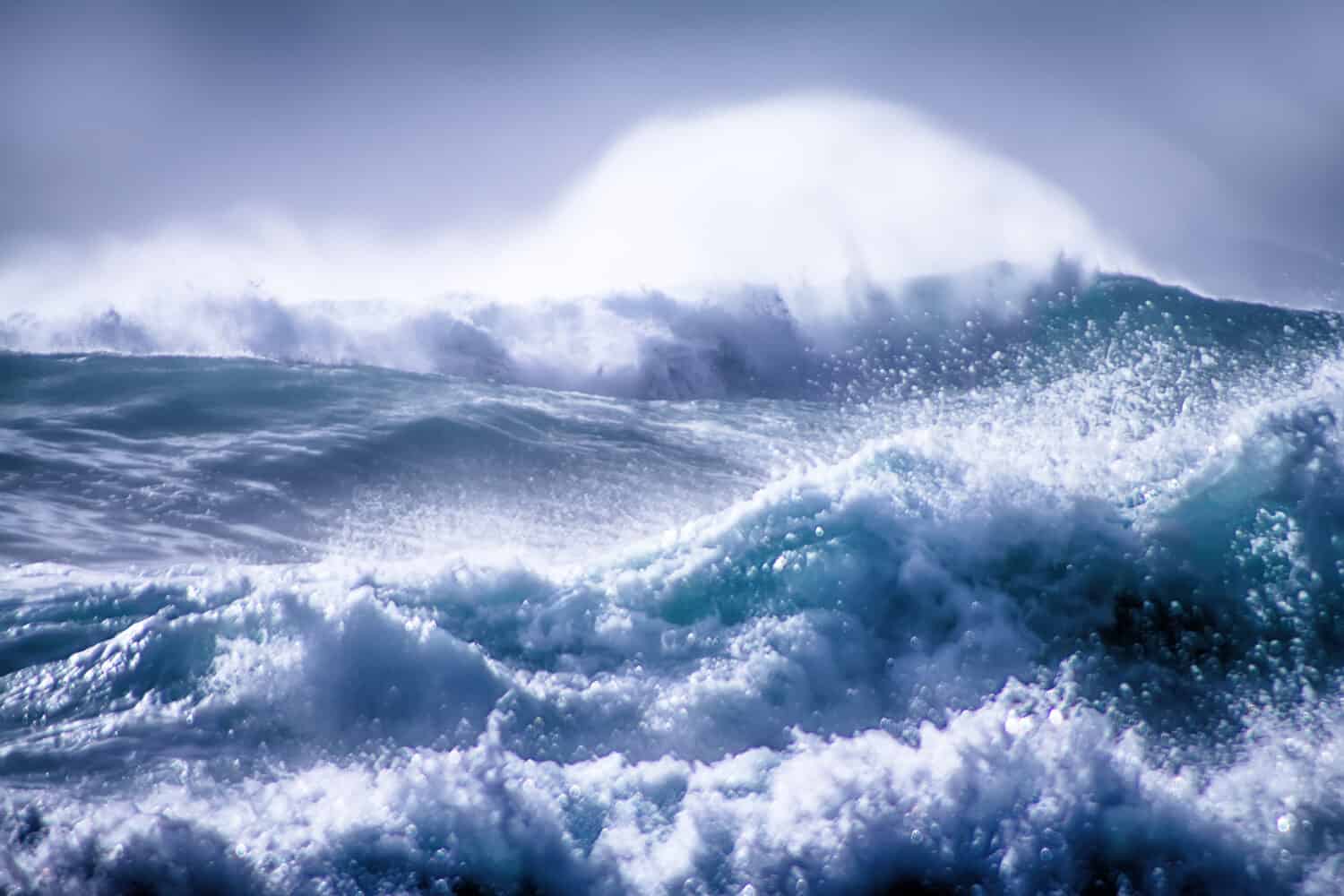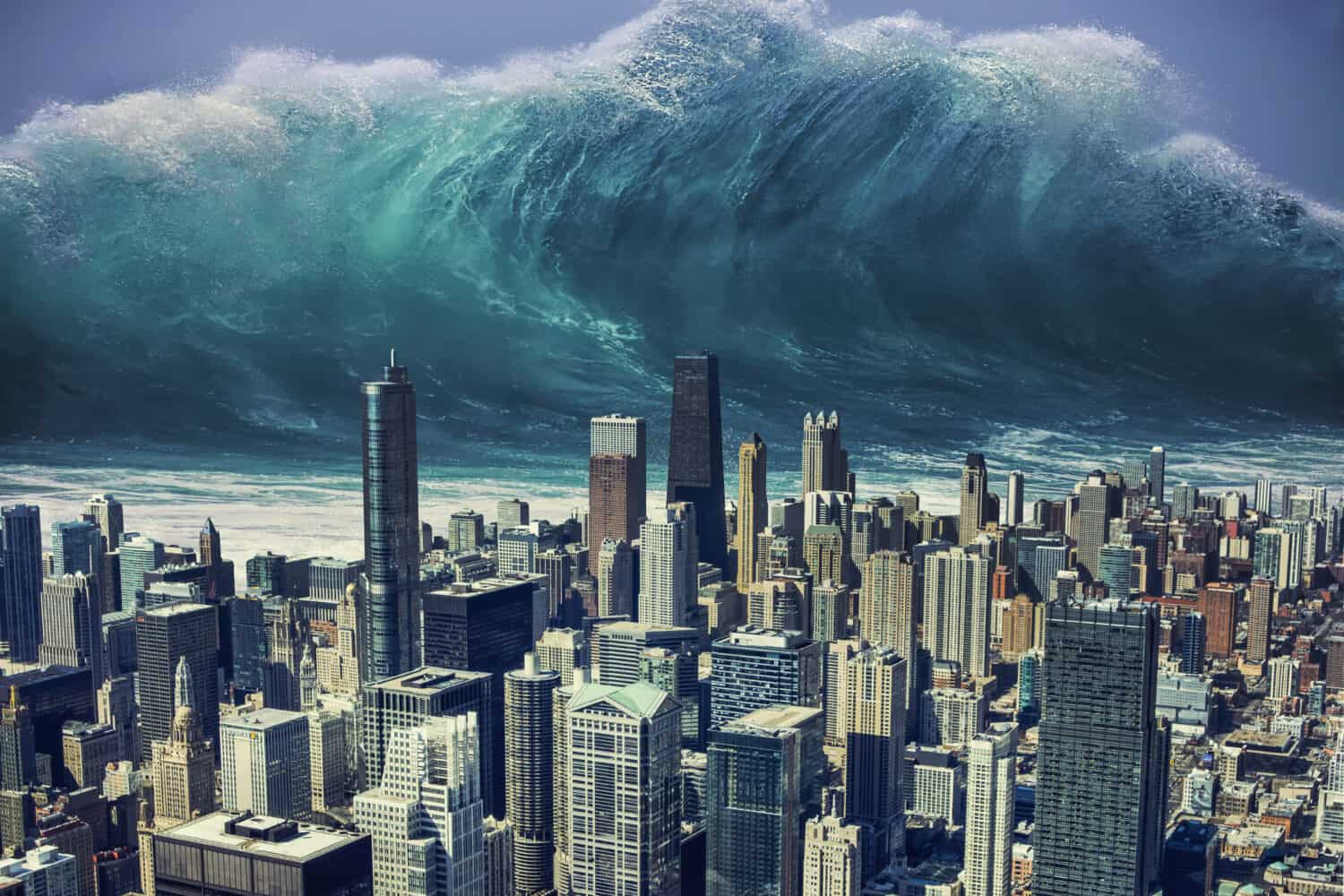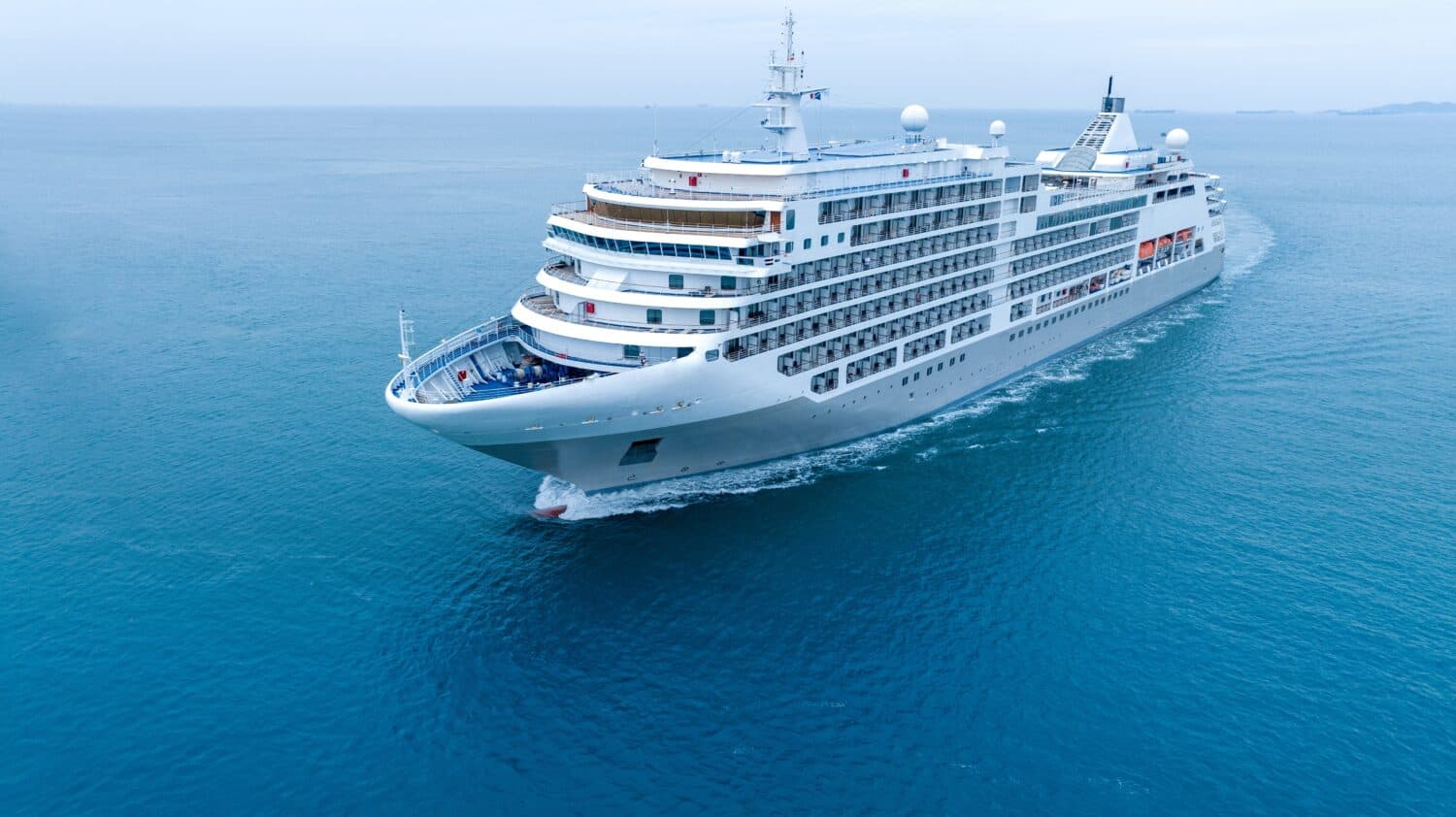Travel
See the Harrowing Footage of a Massive Wave Slamming into a Cruise Ship

Published:

Many travelers love booking cruises as a thrilling vacation or tropical getaway. Cruises are typically fun and safe ways to explore multiple locations while accessing different amenities like pools, casinos, restaurants, spas, cinemas, and more. With all of these perks in one place, it’s hard to deny the excitement of booking a cruise with your loved ones. However, the ocean certainly has a mind of its own, and sometimes, passengers learn the hard way that there’s only so much safety you can guarantee while floating on the ocean.
This was showcased in a viral video posted in 2007. The clip above features a cruise ship called P&O Adonia as it encountered a massive wave off of Australia. The cruise ship was nearly 600 feet long and weighed over 300,000 tons when it was struck by a rogue wave. The cameraman who filmed this harrowing video was standing with crewmembers on the bridge of the ship when the wave suddenly crashed into the windows, causing him and others to lose their balance. You can watch as the footage becomes unstable and cuts out shortly after.
Many travelers — myself included — fear getting trapped in the ocean with uncontrollable rogue waves slamming into their ships. While cruise ships are built to endure such activity, there’s only so much you can do when you’re faced with a wave that large.
Nevertheless, let’s explore some of the footage witnessed in this viral video.

Rogue waves, also called freak waves or killer waves, are massive, unexpected waves that often appear seemingly out of nowhere as “walls of water.” For centuries, people scoffed at the idea of rogue waves as a form of marine folklore. However, it wasn’t until a few decades ago that scientists began to accept the phenomenon as a real occurrence.
The word “rogues” specifically describes extreme storm waves and includes waves larger than twice the size of their surrounding waves. These rogue waves are also unpredictable and can gain power quickly and unexpectedly.

There are many reasons a cruise ship might encounter a rogue wave at sea. For one thing, storms with strong winds and flooding will often form massive rogue waves in the middle of the ocean. This occurs when waves develop in a water current that goes against the normal wave direction. This interaction can cause multiple waves to join together and form one large rogue wave. Such waves can be extremely damaging to cruise ships and other vehicles.
Another cause of rogue waves is called constructive interference, which occurs when waves form from swells while traveling across the ocean. Sometimes, these swells can develop massive, tall waves as they travel in the same direction. Often, these waves surge for several minutes at a time before disappearing just as quickly.

Rogue waves can occur anywhere, but they are especially common off the southeast coast of South Africa and occur at a higher rate anywhere off of South Africa. Experts believe this is because of the Aguilas Current, which is one of the fastest ocean currents in the world. Such currents, according to scientists and sailors, can cause waves to become even steeper.
Even so, rogue waves are not confined to those waters and have been measured in various other locations, from the Pacific Ocean to the North Sea. Not only that, but around 10 years ago, researchers studied the presence of rogue waves in Lake Superior. In fact, it’s believed that rogue waves were the cause of the sinking of the Edmund Fitzgerald, an American Great Lakes freighter that sunk during a storm in 1975 on Lake Superior.

When researching the largest wave that ever occurred, many stumble upon the 1,720-foot-tall tsunami wave in Lituya Bay, Alaska during the year 1958. The wave was triggered by a 7.8 earthquake that turned into a landslide and led to extreme destruction. The wave itself was, of course, classified as a tsunami, which is a series of waves caused by earthquakes or volcanic eruptions below the ocean. However, rogue waves are not the same as tsunamis. Rogue waves occur suddenly in the open ocean, while tsunamis can travel long distances and surface on land.

A tsunami was not what this cruise ship experienced in the ocean — experts assume this was a rogue wave. There have been many extreme rogue waves, including one that was recently recorded off the coast of British Columbia in 2020. This wave was 58 feet high — three times as large as the waves around it.
One of the first extreme rogue waves ever measured occurred back in 1995 off of Norway and reached 84 feet tall. Since then, there have been many instances of such waves, with some even taller than that. For example, the largest rogue waves to ever hit a cruise ship were around 100 feet tall. This occurred in the South Atlantic Ocean in the year 2001, hitting both MS Bremen and MS Caledonian star cruise ships just days apart. Both ships were severely damaged with broken bridges, glass, navigational hardware, and more. Additionally, the ships lost communications after being struck.

After considering the severity of some of the worst natural disasters in each state, it’s easy to worry whether your means of transportation can handle extreme weather and its impacts. For example, though no one enjoys a delayed or canceled flight, the alternative of flying through a storm could be much worse. Airlines understand what their planes can and cannot handle, and they make educated decisions while considering the safety of passengers and staff.
Similarly, cruise ships are developed to sustain rogue waves and other natural disasters. These ships are wide in size and made with heavy materials, allowing them to handle even the most harrowing of waves. However, because rogue waves are more unpredictable, there are freak accidents that can cause irreversible damage to ships. For example, if a wave does enough damage that it floods the boat, it could cause it to inevitably sink. Additionally, rogue waves can cause a ship to tilt or capsize. Again, this is rare, as most ships are stable enough to survive such instances.
Odds are, if something were to sink or destroy a boat, it would be a result of negligence of the crew. Most captains are trained enough to handle rogue waves and other potential dangers at sea. So, if you’re on a cruise and headed toward stormy weather or rough seas, trust that your crew and the cruise ship are well-equipped to navigate a potential disaster.

On average, cruise ships are around 1,000 feet in length and weigh between 70,000 to 180,000 tons. The typical passenger capacity of a cruise ship is around 3,000 guests, or somewhere between 2,000 to 4,000 individuals.
The Adonia, which is the ship shown in the video above, was only around 600 feet long and weighed a bit over 30,000 tons. It holds around 800 people — both crew and passengers included. That being said, a small ship like the Adonia certainly won’t handle rogue waves as well as your typical cruise ship, which is around twice the size.

While any sort of injury or death is quite rare on a cruise ship, there’s always a small risk. (Think: Titanic!) Even if a ship does survive a rogue wave (which it likely would), this doesn’t mean that passengers and crewmembers wouldn’t be injured or worse.
For example, a few years ago, a U.S. woman was killed on an Antarctic cruise ship after a rogue wave slammed into the cabin windows. The woman was hit by the broken glass, and though the ship suffered limited damage, she did not survive. Four other guests also sustained non-life-threatening injuries.
After seeing the above video, you might feel fearful when booking your next cruise. However, remember that these instances are rare, and crewmembers are trained to keep passengers safe.
Retirement planning doesn’t have to feel overwhelming. The key is finding expert guidance—and SmartAsset’s simple quiz makes it easier than ever for you to connect with a vetted financial advisor.
Here’s how it works:
Why wait? Start building the retirement you’ve always dreamed of. Click here to get started today!
Thank you for reading! Have some feedback for us?
Contact the 24/7 Wall St. editorial team.